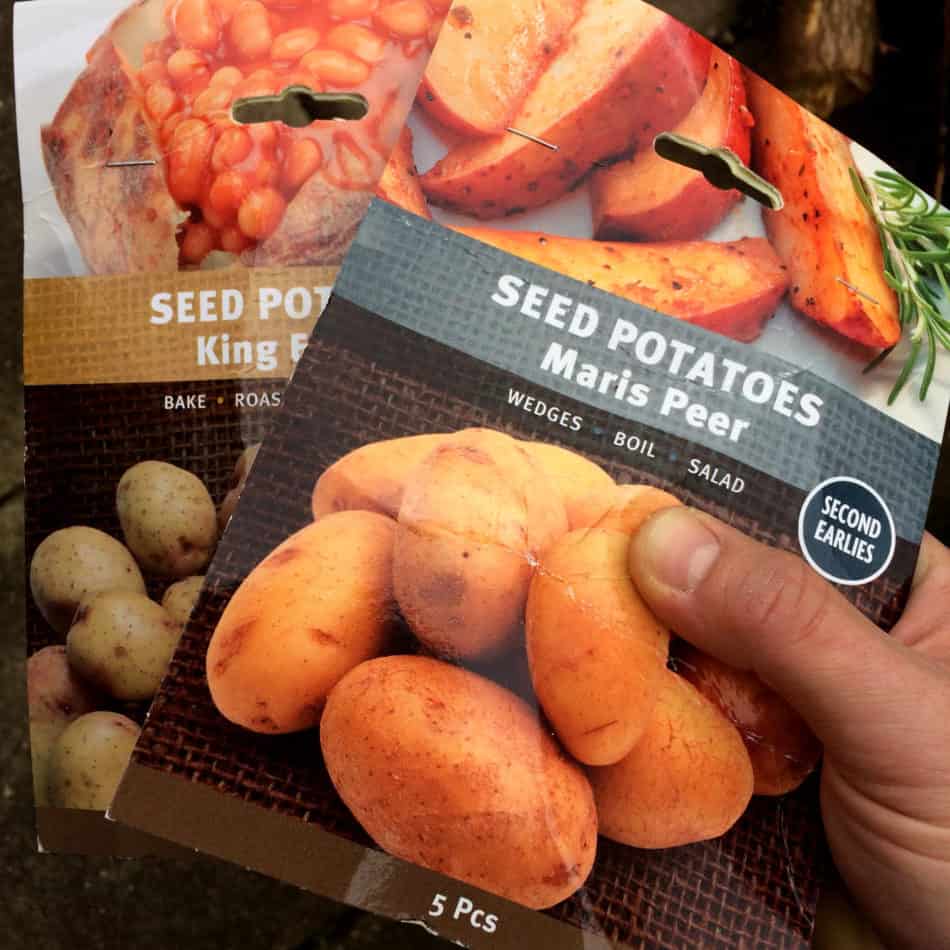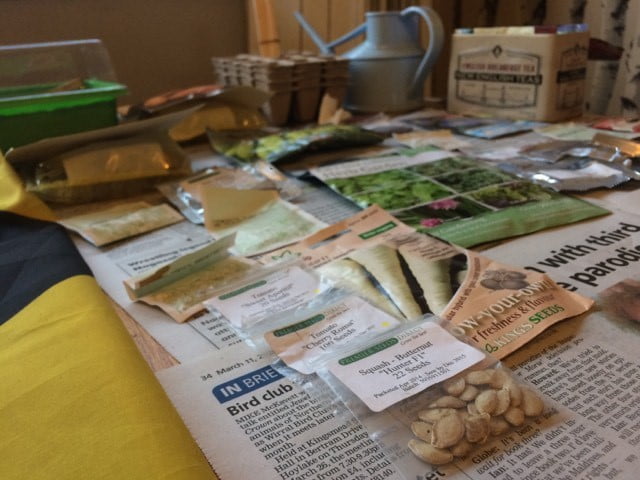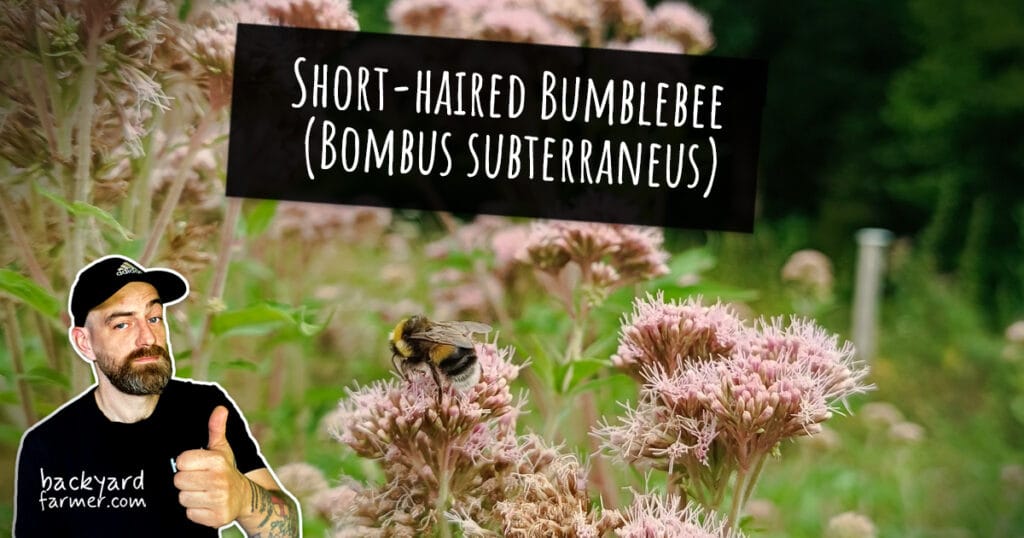Planting the first seeds

Thanks for reading and we hope you learn something you can use from this article. If you want to give back to us here at backyard-farmer.com, just click on an advert 🙂 Thanks!
As soon as march arrived in 2020 spring started in the North West of the UK. Temperatures are warming up and nature is swinging into action. With the shift and temperature rising it was time to start planting the seeds that are viable in early spring.
One of the first up is radish, the seeds I have are ‘French Radish’ but these are similar to most standard breeds of garden radish. The best time to plant the seeds is late February to March. They are a fast growing species taking only 4 weeks from seed to maturity.
As they grow quickly it is good practice to stagger the growth into stages, this avoids being overloaded with more radish than you can eat. Take into account the growth time and figure out how many you will use in the month and plant that many seeds.
I will enjoy radishes through the summer maybe once or twice a week so I’ve planted 10 seeds for the first batch. This particular breed of radish likes to be around ½ an inch in the soil to start growing. I filled my cardboard seedling trays with some soil & planted the seeds as such.
Chitting potato seeds
This years choice of potatoes are King Edwards & some Maris Peer’s, I have chosen these as each variety has its own strong points;
Maris Peer
- Wedges
- Boil
- Salads
King Edwards

- Bake
- Roast
- Mash
- Chips
The potatoes suit my needs, an important thing to take into account when growing your food. You only want to grow what you or your family will eat! Before I can plant my potato seeds, its a good idea to ‘Chit’ the potatoes before doing so especially for an early crop.
What is meant by ‘Chitting potatoes’?
Chitting is simple the process of sprouting a potato before you plant it. This helps the plant take root and develop into healthy plants. It is generally carried out to give the plants a head start in the earlier months. As the soil is still quite cold, chitting them indoors allows the growth of shoots in the warmth.

You can also remove any white or under developed roots as these can create lots of small potatoes instead of large ones. However, if your planning on growing small salad potatoes you may want to keep the stems on.
First and second early varieties benefit from chitting, giving them this head start will not only increase your yield it will help develop strong and resilient plants.
How to ‘Chit’ your potatoes & potato seed
- Place potatoes in an egg tray with the end with the most eyes facing up *for large potatoes support them in a tray with ruffled up news paper
- Find a warm (8c-10c) area of the house with plenty of light
- Leave them to ‘chit’ or sprout
- Once they have 3 or 4 good ‘chits’ on them they’re ready! (usually 3-5 weeks)
You can now plant your spuds in the ground, once in the ground the length of time for each variety to grow will differ. However, you can tell when each variety is ready, for mature potatoes simply wait until the plant has died back above ground.
Once this has happened, dig out a potato from each plant and rub the skin with your fingers. If ready, the skin will be tough and not easily come away from the spud. If this is the case, get your spade out and dig up that potato patch!
How to grow ‘New Potatoes‘
To harvest new potatoes simply dig up your crop around 2-3 weeks after the plant has flowered. At this stage the potatoes are more tender with softer skin. New potatoes are best served with mint sauce and butter!
How to start a herb garden
Its early in the year to be planting herbs outdoors, however it is the perfect time to start them indoors. Starting them around now will give the plants that extra few weeks to take hold.
The plan is to have an indoor and outdoor herb garden. This will keep me stock with plenty of fresh herbs for cooking and using around the house.
The herbs I’ll be planting this year are:
- Italian basil
- Thyme
- Chives
- Rosemary
- Parsley
- Lavender
Well, this is what I have the seeds for at the moment. I will be expanding on the collection in the coming weeks. For now, I am planting between 1-3 seeds of each herb to start. As time goes on an idea of what is needed will begin to develop from what is used through my week. I can then adjust what I’m growing to suit.
Lavender and rosemary will be grown for multiple purposes. I can use lavender to make my home smell great naturally, it also acts as a repellent for fleas, flies, moths & mosquito’s. To us the smell of lavender is lovely, however to many insects this is not the case.
Lavender works as a natural deterrent due to the presence of a non-toxic compound known as ‘Linalool’ and it is what’s present in many pest control products. But why use products when you can have lavender around the house!
Is lavender good for bee’s?
Yes! Lavender is great for bee’s. It is one of the few insects you will find around the plant. Not only is it a great plant rich in nectar, the lavender plant flowers through a midsummer gap. When other plants are taking a break from creating nectar and pollen, the Burgloss lavender plant keeps on producing giving something for the bee’s to forage for.
Lavender smells good, repels insects like fleas and provides food for bee’s during a dry patch each summer! There are no other reasons needed to grow and keep lavender indoors and outdoors. If you look after it, it will look after you!
Salad garden / Indoors
As things develop in the Backyard farm I’m always thinking about ways to grow things that are both practical and effective. The more I look into salads the more I am toying with the idea of making an indoors salad garden, maybe a windowsill box.
Salads take relatively little time to grow and very little soil depth. This makes the perfect for growing in shallow flower boxes that could be kept on a windowsill, in a conservatory or porch. With several packs of different salad seeds at my disposal I’ll be trying some different methods over the coming weeks to grow some salad leaf, indoors and early.
What can I use the egg shells for?
As the chickens are settling the consistency of the eggs is building. This had me thinking, what can I do with all these eggshells? As it happens, there are many things we can do with them, however 2 things stand out as the most useful for the Backyard Farm.
Crushed shells to stop snails and slugs
Egg shells provide some defence against pests such as slugs and snails. When placed around the base of the plant in large quantities, the broken egg shells provide sharp and non passable terrain for the soft bodies of slugs and snails.
Whilst a great defense, you need to remember that even slugs and snails can be surprisingly crafty. Be sure that no leaves from the plant are touching the ground. Whilst your stems are protected from the destructive blighters, be sure to keep an eye on drooping leaves and other passages onto your plants.
Crushed egg shells for chicken feed?
Whilst this can sound a little strange at first, feeding crushed egg shells to your chickens can really help eggs develop! To grow an egg, a chicken needs access to minerals such as calcium. They get this in the wild from picking at dirt and grit, in captivity it is added to the diet as a supplement. For example, in the feed I bought is oyster shell. Another great way to help chickens develop your eggs is to give them crushed egg shells. As a precaution, I will always wash the shells in hot water to avoid any unwanted bacteria building on them.
Did you know?

We all know that world pollution is bad and that something needs to be done. However the fact that at least 100,000 sea birds and mammals are killed every year just from pollution is still a sobering statistic.





